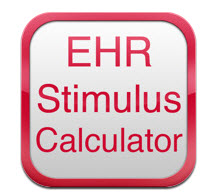Using IBM Tivoli Identity Manager to Aggregate Email Notifications
We all struggle with our electronic mailboxes. For every email we receive, there is some portion of our day devoted to opening and processing these emails. There is also serious time spent just deleting unwanted emails.
Take this example. A manager has a number of contractors that she has reporting to her, let’s say about 30. Every three months, an automated email is sent for each contractor requesting the manager to confirm the contractor is still employed. This is just one email sent every quarter for 30 contractors. That’s 120 emails the manager has to process. This adds up to a lot a time for a busy person. Remember this is just one process. There are other processes out there waiting to fill up unsuspecting mailboxes.
IBM Tivoli Identity Manager (ITIM) has the ability to automatically generate the email notification and aggregate the contents so the manager would get only one email. Using ITIM Out of the Box Lifecycle Operations and Post Office features an email can be formatted that contains all the information that was previously contained in the 30 individual emails. Read more

